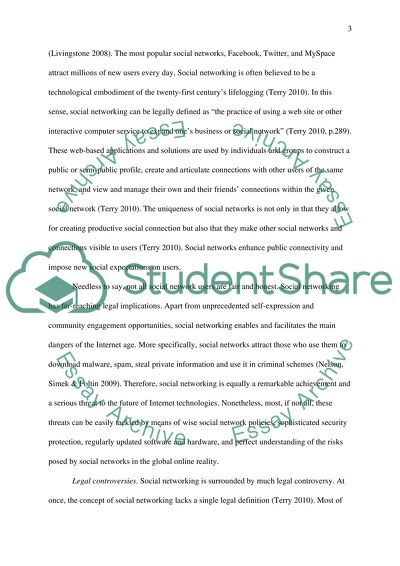Cite this document
(“Security of Social Networks Essay Example | Topics and Well Written Essays - 2500 words”, n.d.)
Retrieved de https://studentshare.org/information-technology/1390686-security-of-social-networks
Retrieved de https://studentshare.org/information-technology/1390686-security-of-social-networks
(Security of Social Networks Essay Example | Topics and Well Written Essays - 2500 Words)
https://studentshare.org/information-technology/1390686-security-of-social-networks.
https://studentshare.org/information-technology/1390686-security-of-social-networks.
“Security of Social Networks Essay Example | Topics and Well Written Essays - 2500 Words”, n.d. https://studentshare.org/information-technology/1390686-security-of-social-networks.


